Precise analysis with TOPAG measurement technology
Understanding lasers - recording the relevant parameters with TOPAG
Reliable results require a precise understanding of the decisive laser parameters. With measurement technology from TOPAG, you can precisely analyze the beam profile, pulse duration, wavelength, wavefront and other properties – whether in the laboratory, in development or in industrial processes.
with laser measurement technology from TOPAG
Precise root cause analysis
for your quality assurance
Precise beam characterization enables fast, accurate adjustment - the basis for stable processes and good results.
Correct measurement ensures targeted settings and significantly shortens the commissioning of complex systems.
Honest recommendations from physicists and engineers who know everyday laboratory life from their own experience.
Technical service and advice - throughout the entire life cycle of your systems.
Our solutions for your applications
Beam Characterization
Beam profiler
Wavefront sensors
M² measurement
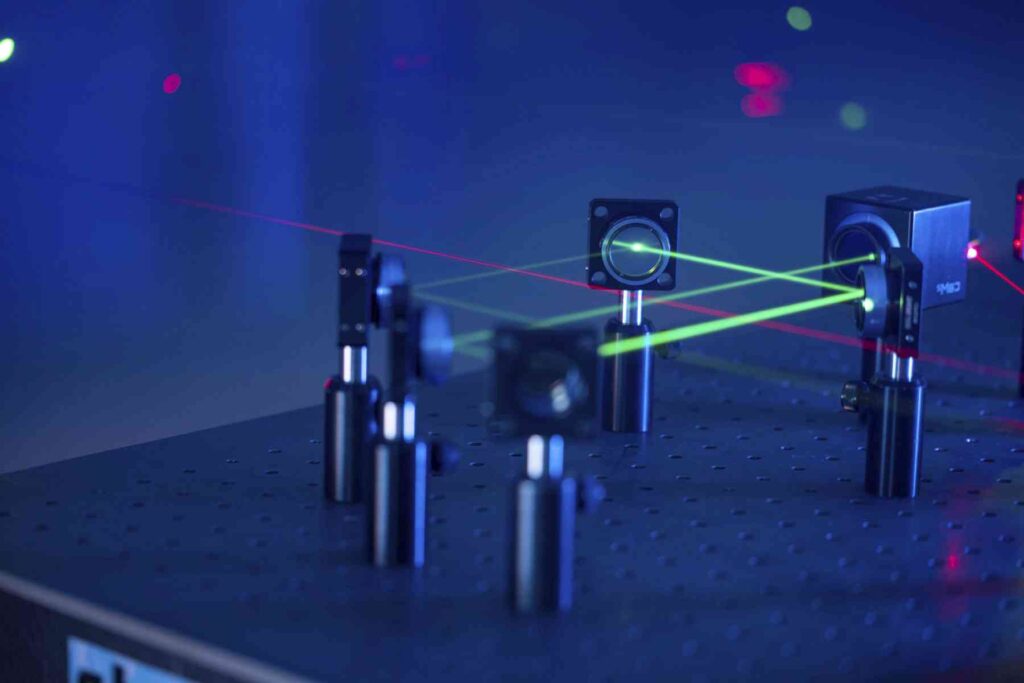
Measuring, understanding and optimizing laser beams.
Ultra-short pulse measurement technology
Autocorrelators FROG systems Spectral analysis
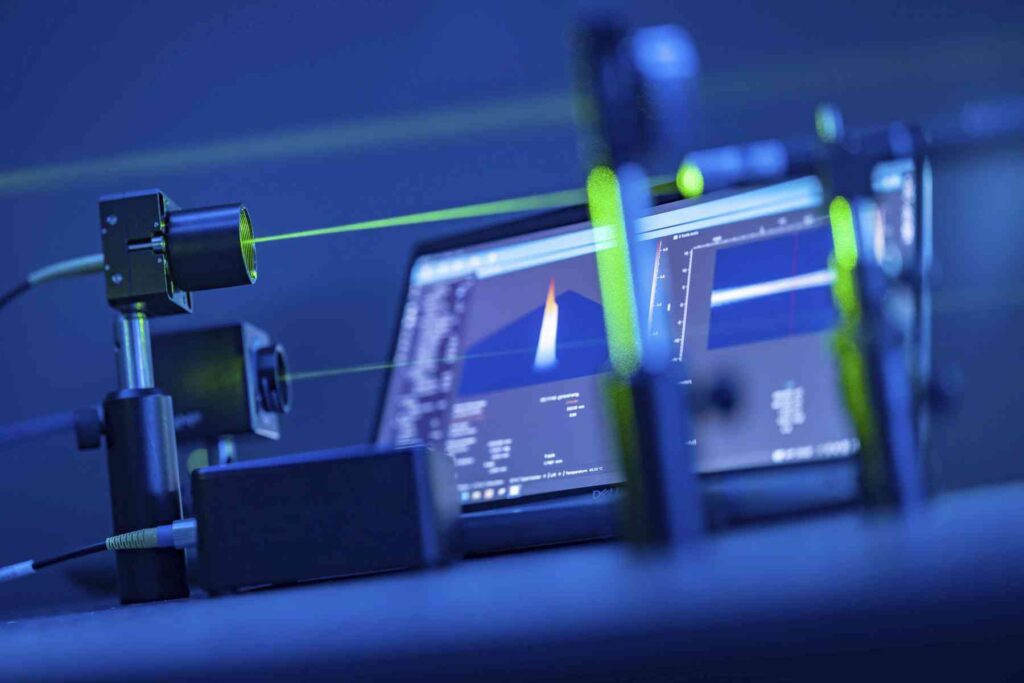
Analyze femtosecond pulses – simply and quickly.
Spectroscopy systems
High-resolution spectrometers Sum frequency spectroscopy Scanning & Broadband SFG
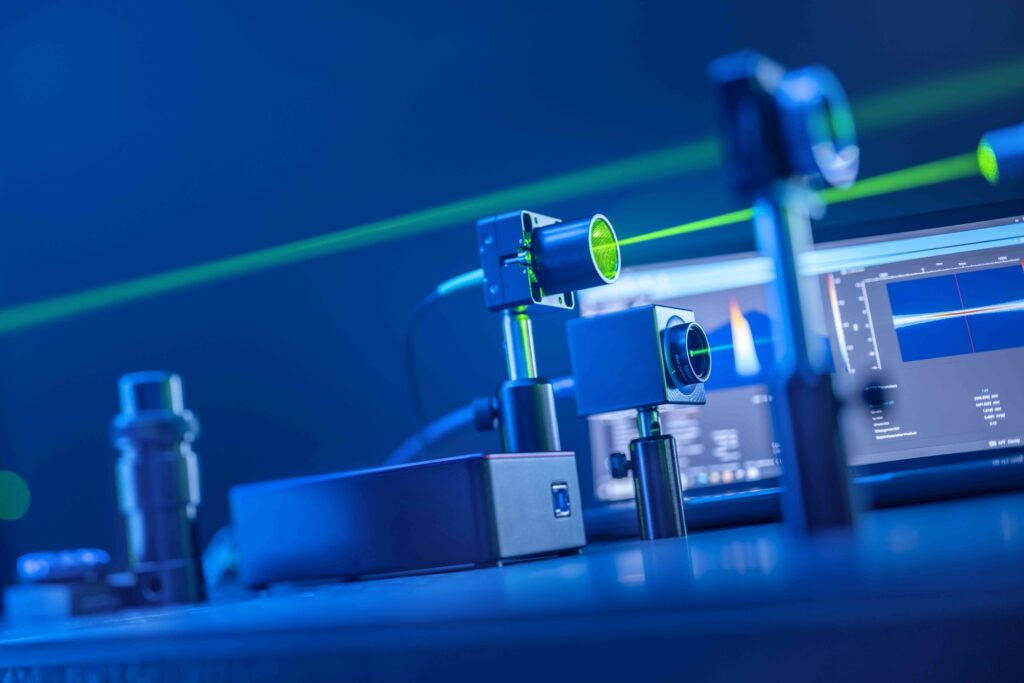
Selectively analyze molecular structures at surfaces and interfaces.
Infrared- Viewing devices
Handheld devices & cameras up to 2 µm Laser safety & alignment
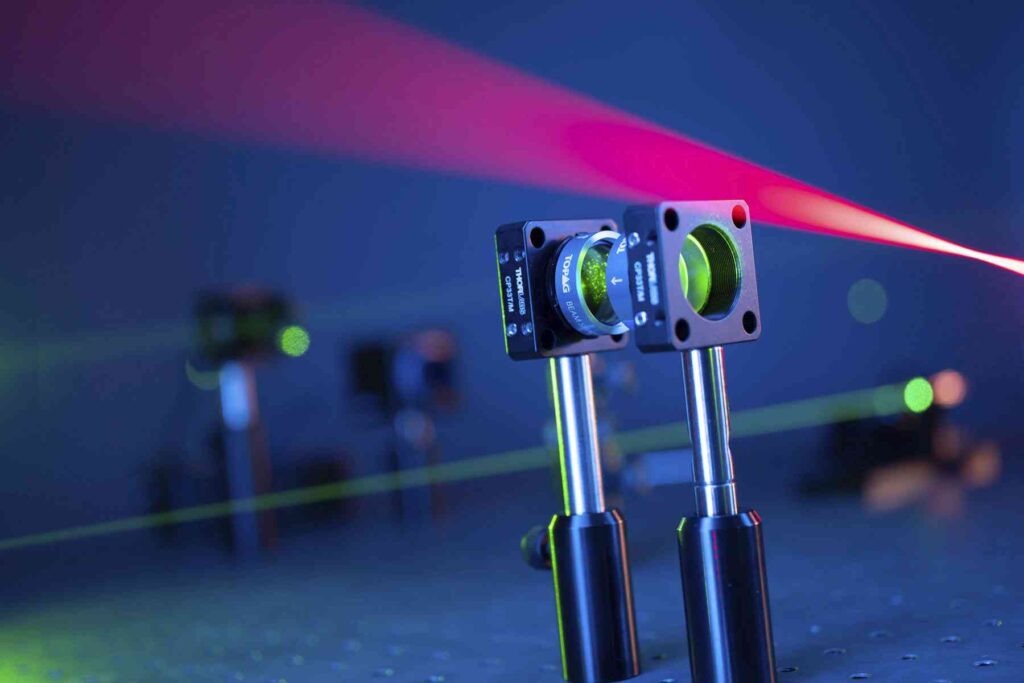
Making invisible rays visible – up to 2 µm.
The ideal measurement technology for you
Beam characterization
Beam profiling cameras

Laser analysis made easy - beam profiler for every application
The beam profile cameras in the BeamPro series measure the complete optical intensity profile of laser beams in accordance with ISO 11146-3. In addition to beam diameter and position, the cameras also record the shape, divergence, alignment stability, ellipticity and orientation of the beam. This information shows whether laser-based systems are working optimally – crucial for operation and maintenance.
M² measuring device & wavefront sensor
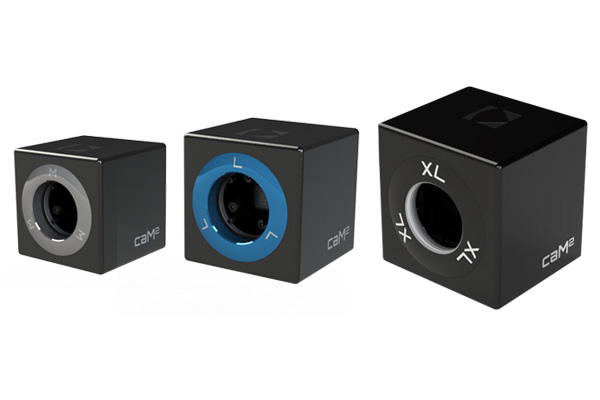
One measuring system. One shot. All data. - Completely characterize laser beams
CAM SQUARED is a compact system for fast and precise M² measurements. It measures key beam parameters such as M² value, divergence, waist size and position, Rayleigh length and astigmatism in accordance with ISO 11146. Thanks to the design with no moving parts, hardly any adjustment is required. CAM SQUARED impresses with its ease of use and high measuring speed.
Optionally, the system can be extended with a function for complete wavefront reconstruction – for alignment, collimation and optimization of optical systems based on detailed phase information.
Ultra-short pulse measurement technology
Autocorrelators
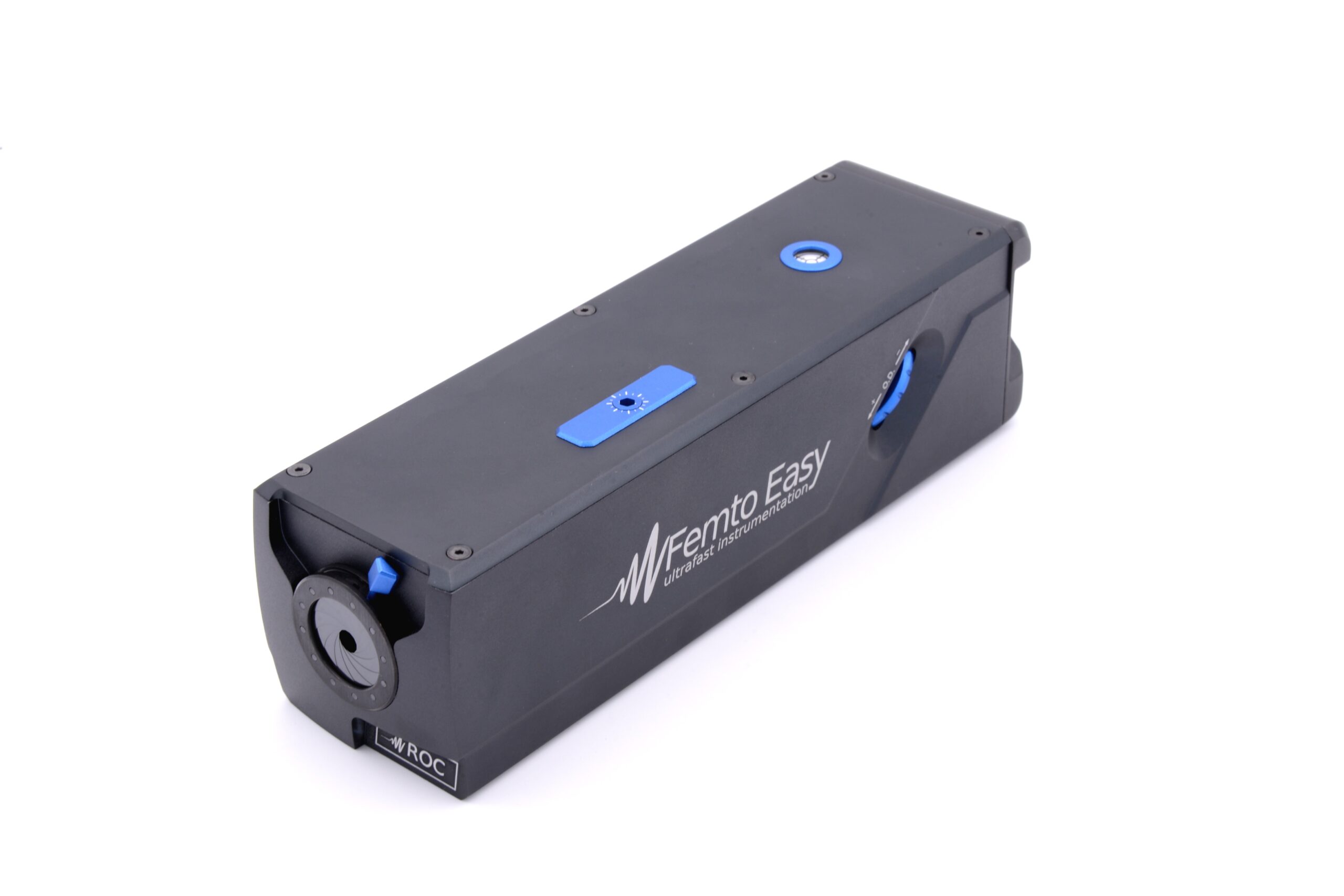
Fast. Simple. Precise. - Pulse duration measurement rethought.
Our autocorrelators combine state-of-the-art measurement technology with maximum ease of use. Thanks to their extremely compact design, fast measurement results and precise analysis of the pulse duration of ultra-short laser pulses, they are ideal for use in single-shot and multi-shot operation.
The systems have been designed for a particularly intuitive user experience: they require neither calibration nor alignment, and operating errors are virtually eliminated. Despite their ease of use, the autocorrelators deliver high-precision results – perfect for laboratory applications, development and seamless integration into sophisticated OEM systems.
Single-shot autocorrelator ROC
Single pulse duration measurement made easy
- Wavelength: 480-2100 nm
- Pulse duration: 5 fs – 10 ps
- Repetition rate: single pulse up to 125 kHz
- Features: compact, robust and precise; designed for quick and easy measurement
Single-shot autocorrelator µROC
Smallest autocorrelator in the world
- Wavelength: Yb, TiSa, Er
- Pulse duration: 15 fs – 1.5 ps
- Repetition rate: single pulse up to 100 kHz
- Features: Miniature design, robust and very easy to use
Multi-shot autocorrelator MS-ROC
Versatile measurement of repetitive fs and ps pulses
- Wavelength: 480-2200 nm
- Pulse duration: 4 fs – 80 ps
- Repetition rate: 100 Hz to GHz
- Features: versatile parameters, extremely high time resolution up to 50 as
FROG systems
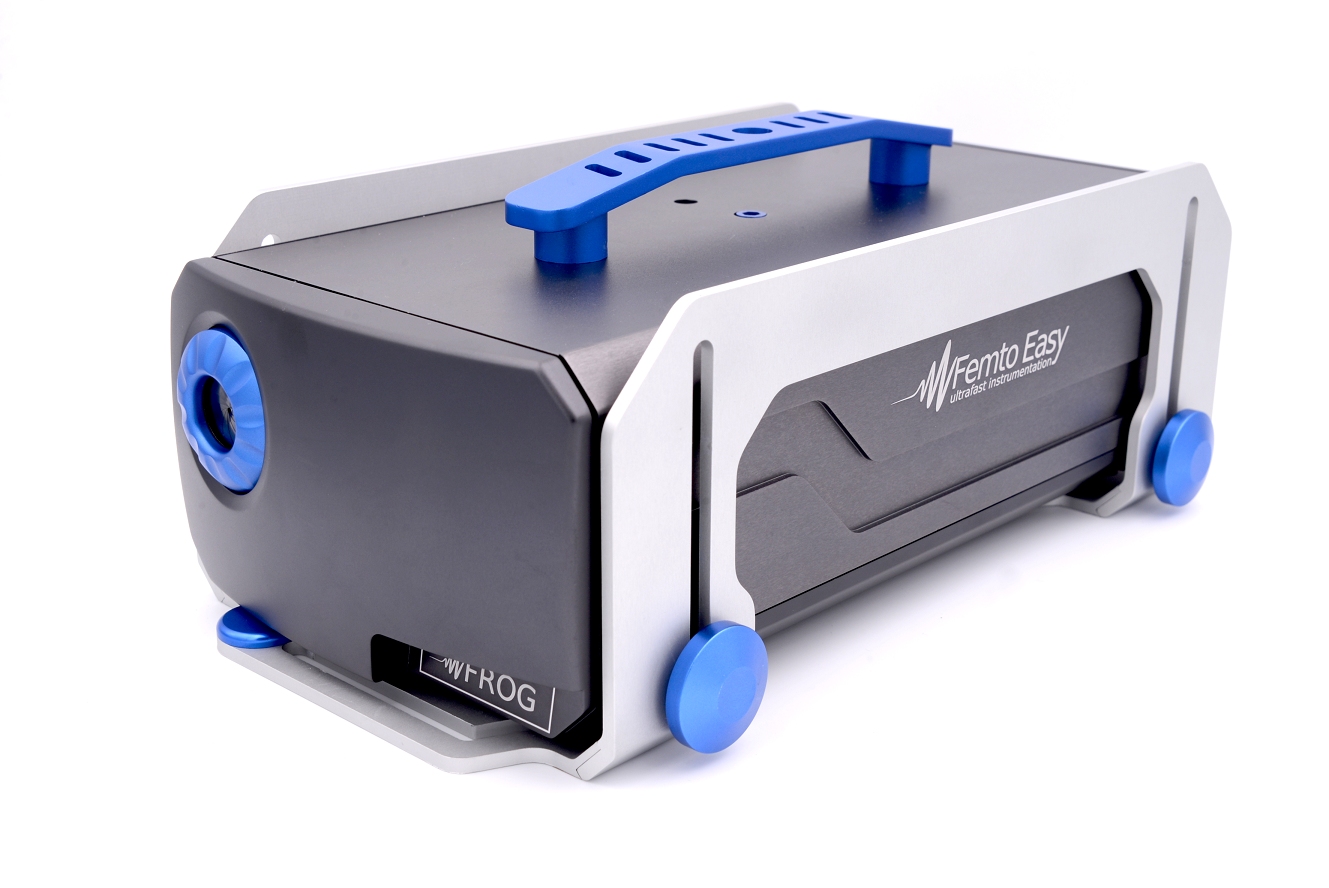
Pulse duration. Phase. Spectrum. - FROG knows the entire pulse.
Frequency-Resolved Optical Gating (FROG) can be used to fully characterize ultrashort laser pulses – both the time-dependent electric field and the optical spectrum, including the spectral phase. In other words, FROG not only shows the pulse duration, but also how the spectral phase can be optimized to achieve the shortest possible pulse shape.
Single-Shot Fast FROG
Frequency-Resolved Optical Gating
for single pulses
- Wavelength: 480-2100 nm
- Pulse duration: 4 fs – 10 ps
- Repetition rate: single pulse up to 125 kHz
- Features: achromatic and non-dispersive
Multi-Shot FROG
Frequency-Resolved Optical Gating
for repetitive fs and ps pulses
- Wavelength: 500-2100 nm
- Pulse duration: 4 fs – 80 ps
- Repetition rate: 100 Hz to GHz
- Features: extremely high temporal resolution up to 50 as
2D spectrometer
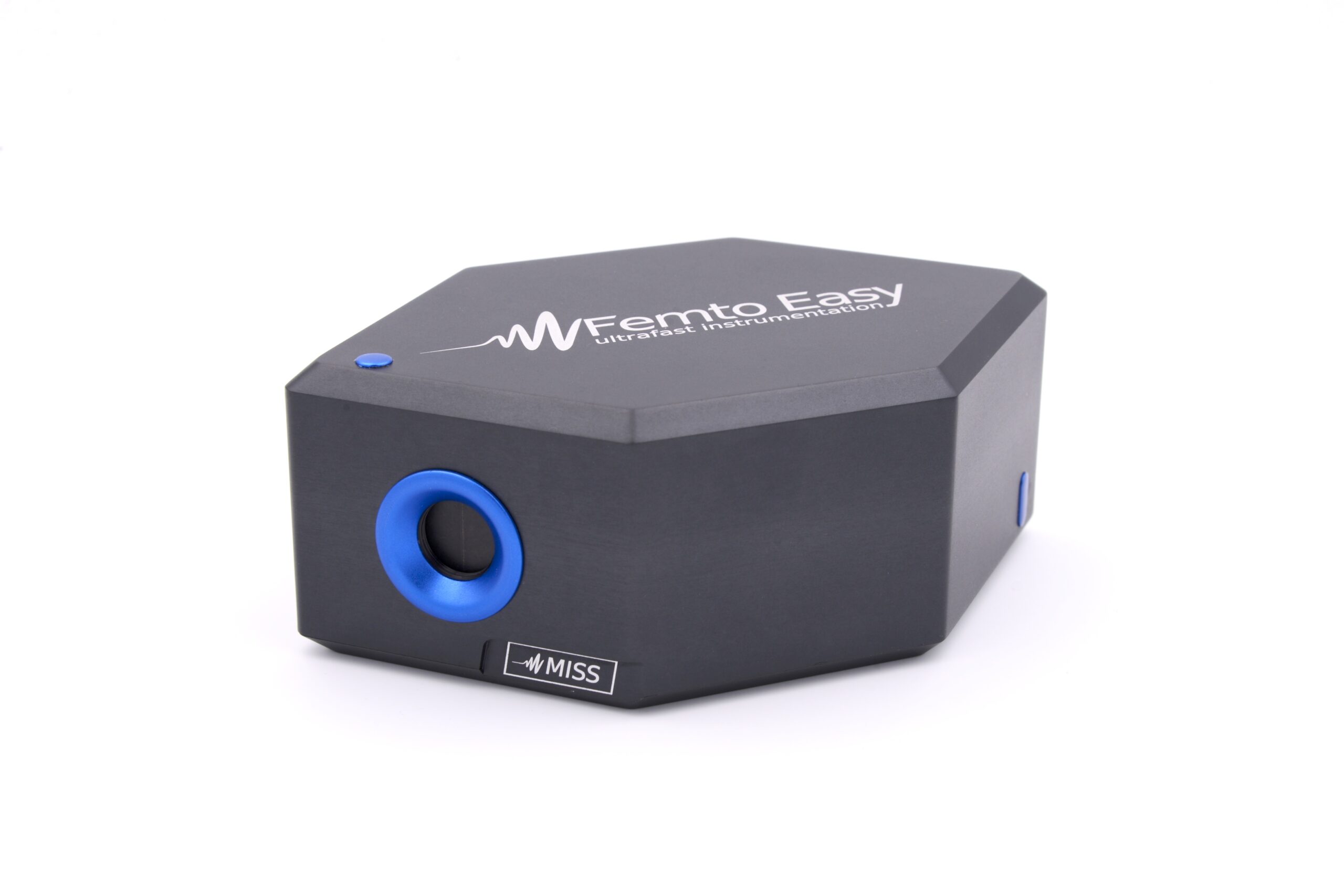
Spatial. Spectral. Resolved. - 2D characterization for USP lasers
In contrast to conventional spectrometers, which only capture a one-dimensional, averaged spectrum, the Mini Imaging Spatial Spectrometer (MISS) enables complete, spatially resolved spectral characterization along the laser beam. This allows spatio-spectral effects such as spatial chirp to be precisely analyzed – for example in compressor stages of ultrashort pulse lasers or in the amplification of broadband pulses. Thanks to its compact design, the MISS can be easily integrated into complex optical systems.
2D spectrometer MISS
Capture spatially resolved spectra of ultrashort pulses
- Wavelength: 240 to 1700 nm
- Spectral resolution: up to <0.45nm
- Spatial resolution: up to <4.5 µm
- Repetition rate: Single-shot up to 75 kHz (UV-VIS) and 200 kHz (SWIR)
Spectroscopy
SFG spectroscopy systems
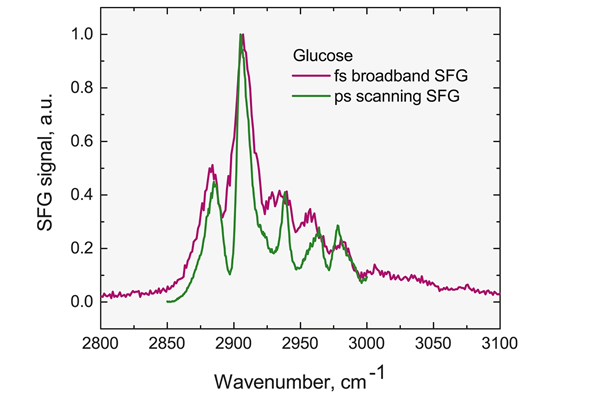
The sum makes the difference
SFG spectroscopy (Sum-Frequency Generation) is a non-linear optical method for investigating molecules at surfaces and interfaces (e.g. solid-liquid). A visible and an IR laser generate a sum frequency signal that only occurs at non-centrosymmetric structures. By tuning to molecular vibrations, SFG provides selective, spectrally high-resolution information.
- Complete systems incl. laser and analysis system
- Narrowband and broadband systems
- with pico- or femtosecond pulses
- VIS: 532nm, tunable IR laser: 2.5-18 µm
The right SFG spectroscopy systems for you
ps-SFG Spectrometer | Ekspla
Narrow-band excitation of individual bands
- Measuring spectrum: 667 – 4300 cm-1
- Spectral resolution: up to < 5cm-1
- Measurement: Scanning, PMT
- Low influence IR absorption in air
fs-SFG Spectrometer | Ekspla
Excitation of a broad vibration spectrum
- Measuring spectrum: 1000 – 4300 cm-1
- Spectral resolution: up to < 5cm-1
- Measurement: broadband accumulation, CCD
- Biological samples containing water
Echelle spectrometer
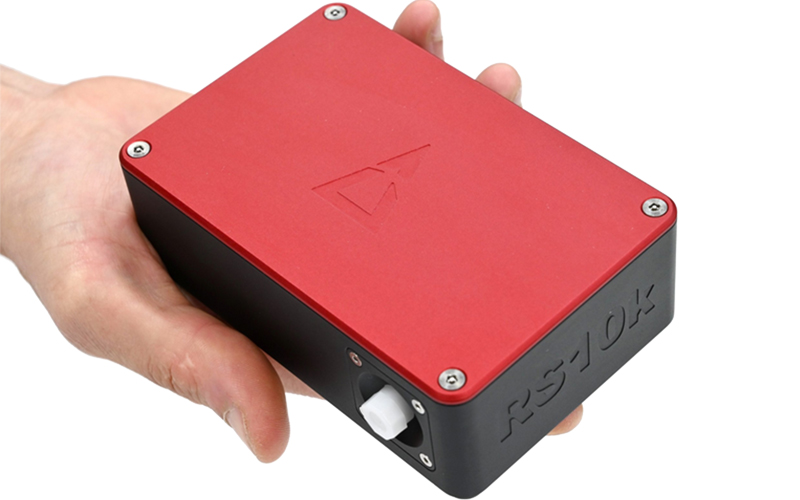
One measurement process, the entire spectrum - accurate down to the picometer
These innovative echelle spectrometers enable the simultaneous detection of broad wavelength ranges with maximum spectral resolution – ideal for applications where spectral detail and completeness are required. The combination of echelle grating and cross-dispersing element resolves the light two-dimensionally on an area detector – a process that enables spectral resolution in the picometer range over a large spectral range in just one image.
RS10K Echelle spectrometer
- Spectral range: 450-1030 nm
- Resolution: 17000-8000
- Wavelength accuracy: <50 pm
- Signal-to-noise ratio: 300:1
- Input: SMF FC/PC
RS40K Echelle spectrometer
- Spectral range: 430-950 nm
- Resolution capacity: 44000-32000
- Wavelength accuracy: <20 pm
- Signal-to-noise ratio: 300:1
- Input: SMF FC/PC
Infrared vision devices & cameras
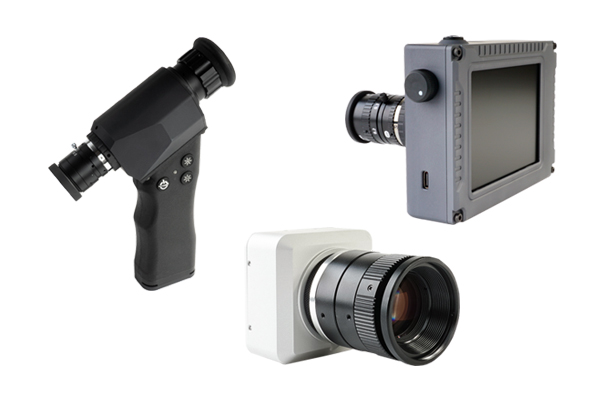
Keeping an eye on the invisible - laser alignment and laser safety with IR viewers
IR viewers and cameras are indispensable tools for visualizing infrared laser radiation – especially for precise alignment and to ensure laser safety. They provide high-resolution IR images and thus enable the exact alignment of laser beams, the monitoring of IR emissions and the analysis of optical systems. Their compact design, high sensitivity and easy handling make them ideal for applications in laser production, laser system construction and use in research laboratories.
IR-Viewer VIR
Highly sensitive infrared vision device up to 2 µm
- Wavelength: 350-2000 nm
- Resolution: 60 Lp/mm
- Field of vision: 40° or 20
- Magnification: 1x or 2x
IR-Viewer PixIR
Cost-effective infrared vision device
- Wavelength: 400-1700 nm
- Resolution: 30 Lp/mm
- Field of vision: 38° or 19
- Magnification: 1x or 2x
IR camera DigIR
with software & display
- Wavelength: 400-1900 nm
- Resolution: 30 Lp/mm
- Field of vision: 38° or 19
- Magnification: 1x or 2x
- 4″ LCD display
IR camera MiniC
with software
- Wavelength: 400-1900 nm
- Resolution: 30 Lp/mm
- Field of vision: 38° or 19
- Magnification: 1x or 2x
- USB-C connectivity